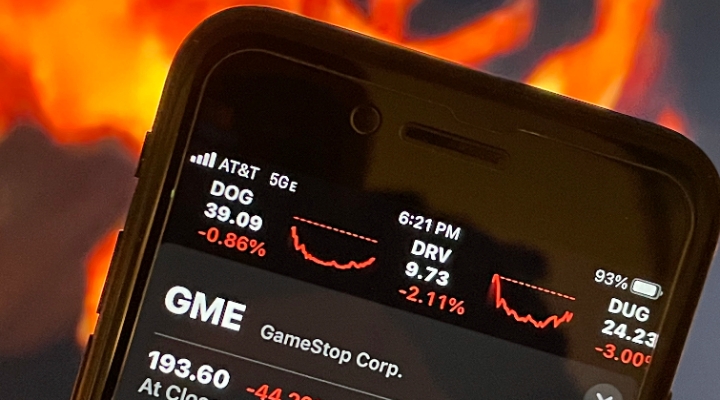On January 4, 2010, the Semiconductor Industry Association (SIA) released sales numbers for the month of November 2009. The latest data showed a continued recovery in global chip demand, as worldwide semiconductor revenue came in at $21.8 billion (SIA monthly sales are based on a three-month moving average), a 3.7% increase from October, and an improvement of 8.5% year over year. The semiconductor industry rebound has become more broad-based in recent months, with particular strength in the chip segments tied to the PC, wireless infrastructure, and handset markets. These areas will be worth keeping an eye on in 2010.
The PC-related chip space has continued to flourish, driven by robust demand for notebooks and netbooks, and the PC industry may actually have achieved unit growth in the recession year of 2009. We believe that the recent launch of Microsoft's Windows 7 helps provide further tailwinds for global PC demand, and expect chipmakers with exposure to the computer market, such as Intel and Advanced Micro Devices, to report solid fourth-quarter results. While consumers have been the major force behind the strength in the PC space, IT spending by corporations has remained limited. Although enterprises have been willing to buy new servers, which has provided a boost for Intel in recent quarters, they have continued to delay PC purchases. Given the aging fleet of enterprise PCs and a new Windows operating system, a potential corporate PC refresh cycle would help further propel PC-related chipmakers in the upcoming quarters.
The handset market has turned into a bright spot for the semiconductor space in recent quarters, and we expect this to continue in 2010. The flurry of new smartphones hitting the US market should boost short-term sales for several wireless chipmakers this year, especially Qualcomm. The firm has a dominant position in code division multiple access (CDMA) intellectual property, which is the backbone used in all 3G networks, and receives royalties of 3%-4% on the price of virtually every 3G phone sold in the world. We expect this revenue stream to continue to grow in the upcoming quarters, as 3G networks gain acceptance in both mature and emerging markets. In addition, Qualcomm's chips can be found in some of the latest smartphones, such as the Palm Pre and Motorola Droid. The Nexus One from Google contains the firm's Snapdragon processor.
Finally, the business conditions in the wireless infrastructure chip segment remain robust. During the credit crisis, one of the lone bright spots in the industry came from wireless equipment makers, as firms such as Huawei and ZTE placed large orders for various types of semiconductors. End demand was driven by Chinese wireless carriers, such as China Mobile, that were building out their 3G networks. As a result, chipmakers with telecom exposure, such as Altera, Xilinx, and Analog Devices, fared better in early 2009 than others in the semiconductor space. Yet, wireless equipment demand in China should still be strong heading into 2010. Chinese wireless network build-outs have progressed in stages; early deployments in urban cities are at or near completion, but carriers are still looking to expand their networks into rural areas. Another wave of spending should be coming from India, as 3G licenses are about to be issued, and carriers will likely race to expand their networks in order to quickly gain a leading position in the 3G marketplace. Further, we expect continued wireless equipment spending in mature markets in the US and Europe, as the rising popularity of smartphones will make it necessary for established carriers to continue investing in their wireless networks.
Andy Ng is a Morningstar equity analyst.























